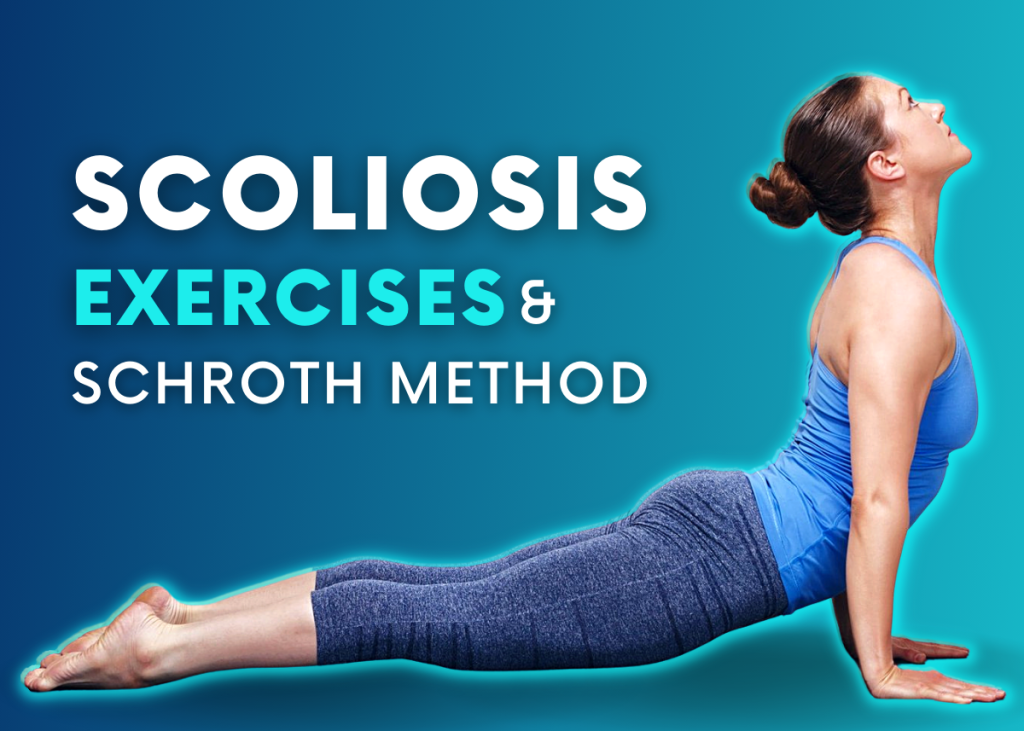
Scoliosis is the name given to the curvature of the spine, which is seen in all ages, especially in young people during adolescence. Scoliosis exercises are performed to correct the patient’s posture disorder, to stop the progression of spinal curvature and even to correct the curvature.
Spinal curvature exercises performed at home increase the effectiveness of the physical therapy patients receive at the hospital and, if the patient wears a corset, facilitate compliance with the corset. How is the curvature of the spine corrected? What are Schroth exercises and scoliosis exercises for the treatment of scoliosis? You can read the rest of our article to learn.
Table of Contents:
- What is Scoliosis?
- What are the Symptoms of Scoliosis?
- How is Scoliosis Diagnosed?
- How does the degree of scoliosis decrease?
- Scoliosis Exercises
- Does scoliosis improve with exercise?
- What is good for scoliosis in everyday life?
What is Scoliosis?
Scoliosis is a curvature of the spine to the right or left. This curvature can be measured on X-rays and is defined as scoliosis when the angle is more than 10 degrees.
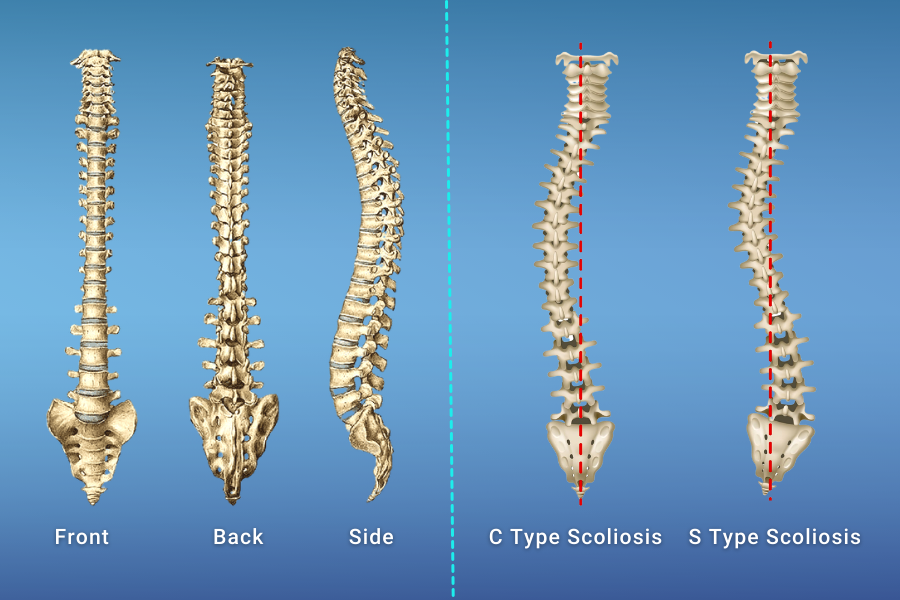
Instead of a straight line in the centre of the back, curves sometimes appear in the shape of the letter “C” or “S”. This type of curvature, characteristic of scoliosis, is a common condition that affects many children and adolescents.
Contrary to popular belief, spinal curvature is not a 2-dimensional curvature but a 3-dimensional curvature. In addition to the left or right curvature of the bones in the scoliotic spine, more serious structural disorders, such as the rotation of the spine around its own axis, can also occur. This condition is called “rotoscoliosis”.
What are the Symptoms of Scoliosis?
Examining the symptoms of scoliosis through observation can lead to early diagnosis of scoliosis. During observation;
- The scapula on one side of the back is higher than the other,
- One shoulder is higher or lower than the other,
- One side of the lumbar region is straight; on the other side, there are folds in the skin due to curvature,
- Symptoms such as unilateral elevation and hollowing in the lumbar region should be taken into consideration; consult specialised physicians for early diagnosis and treatment.
How is Scoliosis Diagnosed?
Scoliosis is diagnosed by examination and screening tests. Adams Forward Bending Test is the most commonly used physical examination test in scoliosis screening.
How is the Adams Forward Bending Test Performed?
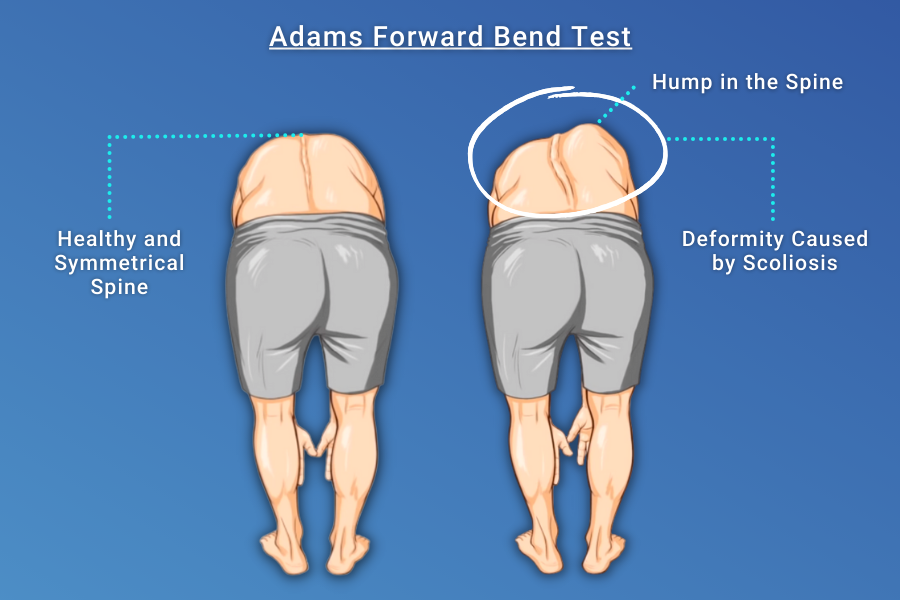
The examination is performed while standing in a comfortable position with your arms at your sides. The doctor will observe you from behind to look for spinal curvature, lumbar curvature, scapula asymmetry and any trunk displacement. He will then ask you to lean forward until your lower back is parallel to the floor; with the scoliometer he will measure the difference in level between the right and left back.
The aim here is to determine the size of the rib protrusion in the upper part of your back or the side or lumbar protrusion in the lower part of your back. In cases where there is a difference, an X-ray may be taken to investigate the possibility of scoliosis.
Afterwards, the doctor will usually order a two-way scoliosis X-ray of the spine to see the entire spine. It will measure the curvatures of the spine that can be seen on X-ray and determine the Cobb angle, which was developed to help identify and monitor the degree of scoliosis.

How does the degree of scoliosis decrease?
The main purpose of scoliosis exercises is to prevent the curve from increasing, to regress it if possible, to correct posture and to maintain lung respiratory capacity. Thus, scoliosis can be controlled and treated without the need for surgical intervention.
Once scoliosis is detected, and especially if there is an increase in the degree of curvature, patients are recommended to start scoliosis exercises. In some cases, scoliosis of unknown cause (idiopathic scoliosis) in children under 3 years of age has been reported to resolve spontaneously. In addition, scoliosis patients of all ages are recommended to perform regular scoliosis exercises.
Scoliosis-specific exercises and a scoliosis brace are the main treatment methods used to reduce the degree of scoliosis without surgery. These treatments, which are accepted by the International Society of Scoliosis Orthopedics and Rehabilitation Treatment (SOSORT), are also frequently used in our country. However, differences in the selection and application of these treatment modalities, and sometimes patient non-compliance with treatment, can lead to very different results.
However, if scoliosis exercises and corset treatment are arranged in a center with a spine specialist and the patient complies with this treatment and follow-up, scoliosis can be controlled by 70-80%.
Scoliosis Exercises
There are seven schools practicing scoliosis exercises affiliated to the International Association for Scoliosis Orthopedics and Rehabilitation Therapy. These schools aim to improve patients’ daily lives and correct posture disorders by applying scoliosis exercises with different methods. The most common and proven method is the Schroth Method.
Schroth Method
Scoliosis is classified according to the shape and location of the curve, the level of the peak of the curve and the age of the patient.
The Schroth classification system divides the body into three main blocks, with a more detailed version dividing it into four main blocks. These blocks can be broadly classified as cervical (neck and shoulder girdle), thoracic (rib cage) and pelvic (lumbar region).
Taking this system into consideration, the degree of rotation caused by curvature or rotation in the body blocks of each patient is evaluated. With this system and assessment, exercise techniques to improve the movement and posture of the relevant body structures are determined. Afterwards, a treatment plan specific to the person’s condition is created and studies are started. At the same time, some standard movements and positions in this exercise program are given to the patient as a home exercise program.
The Schroth classification system defines scoliosis in 4 different ways:
- Thoracic scoliosis (back scoliosis)
- Lumbar scoliosis (scoliosis of the lumbar region)
- Thoracolumbar scoliosis (scoliosis in the back and lumbar region)
- Combined scoliosis (other scoliosis including different combinations of these)
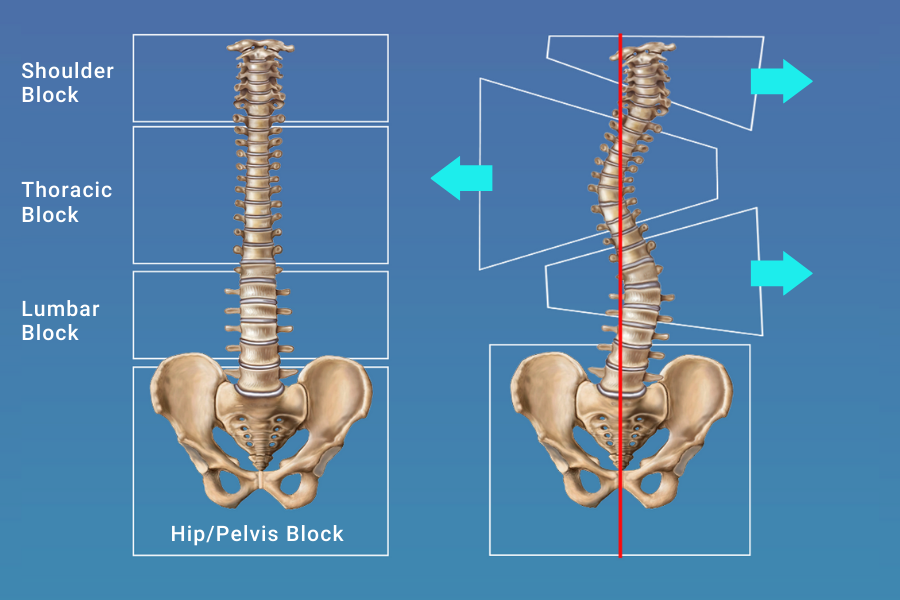
According to this classification system;
- Increased thoracic kyphosis (hunchback),
- Decreased thoracic kyphosis (flat back),
- Spinal deformities such as increased lumbar kyphosis or lordosis (loss of the normal anatomical curve of the spine in the lumbar region) can be identified.
The Scroth method exercises are performed by physiotherapists specialized in Schroth exercises. These exercises, which require corrections to be made by monitoring breathing and body position, are performed in the rehabilitation room with a therapist. Effective results can be obtained when Scroth exercises are performed in a physical therapy and rehabilitation center with a physiotherapist who is knowledgeable about Scroth.
Some of the exercises are as follows;
50 x Pezziball Exercise
The patient corrects their posture in front of a mirror, sitting on a pilates ball and using a wall bar. The aim is to work on the spontaneous elongation and activation of the muscles that force the convexities of the trunk “forward and inward” and the concavities “outward and backward”.
Prone Exercise
Prone exercise corrects the thoracic (back) curve using shoulder traction and shoulder counter traction and the lumbar curve through activation of the iliopsoas muscle.
Side Lying Exercise
During the side-lying exercise, which mainly focuses on correcting the lumbar scoliosis curve, the patient lies on the lumbar convex side. The lumbar convexity is supported by a bag to help align the spine in the horizontal plane. If necessary during the exercise, the patient’s right leg is supported on a stool and the right arm on a chair.
There are also “scoliosis exercises at home” that patients with scoliosis can perform to correct the posture disorders caused by the curvature of the spine. Before practicing these exercises, be sure to ask your doctor and physiotherapist for information about the shape and direction of your curvature. Otherwise, stretching or strengthening exercises in the wrong position can negatively affect the degree of inclination.
Scoliosis Exercises that Can Be Performed at Home
Scoliosis exercises that can be done at home to correct spinal curvature include stretching and stretching movements that ensure whole body movement and spinal symmetry. Make sure to do these exercises 3 times a day.
Cat Camel Exercise
- Stand in a crawling position.
- Hunch your back while lowering your head down.
- Hold this position for 5 seconds.
- Then lift your head and lower your back, hollowing your lower back.
- Hold this position for 5 seconds.
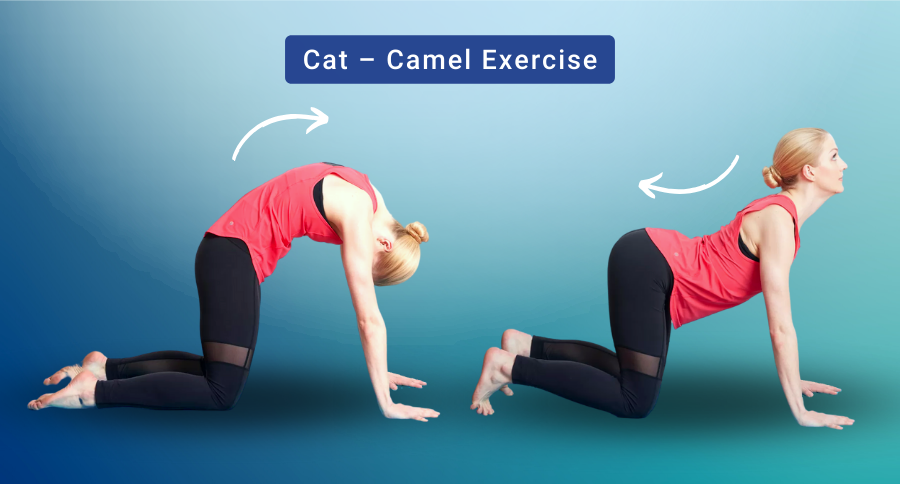
Bridge Exercise
- Lie on your back with your knees bent.
- Lift your torso up, putting your body weight on the soles of your feet and shoulders.
- Hold this position for 5 seconds and relax.
- When doing this exercise, place your hands on your pelvic bones, making sure that they are at an equal level.
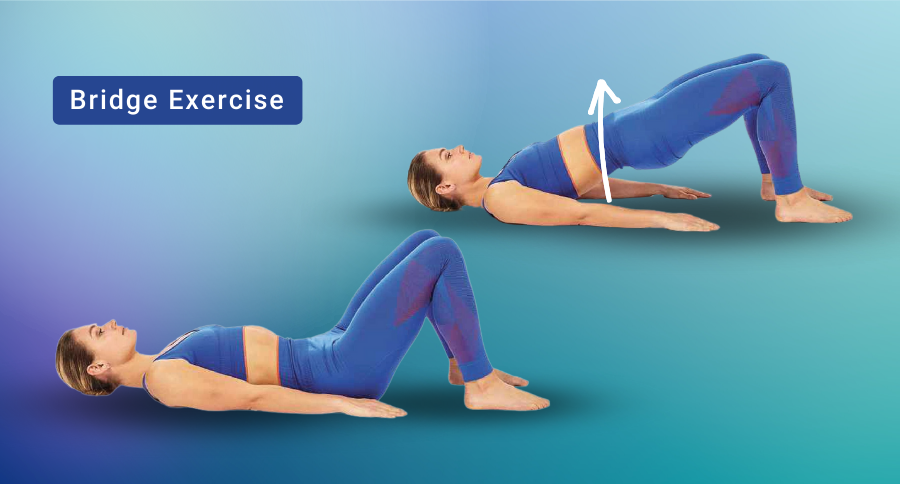
C Scoliosis Exercises
Lateral Flexion
- Take the position as in the picture, keeping your back straight.
- Move your hips from right to left and left to right.
- Repeat this movement 10 times.

Cross Walking (Klapp Crawling)
- Stand in a crawling position.
- Put your weight on the floor.
- Move your right hand and left leg forward.
To repeat the movement, you can start again by returning to your old position.

Ipsilateral Stretching
- Extend your right arm forward and your right leg back as far as possible.
- Hold this position for 5 to 10 seconds.
- Repeat the same movement for the other arm and leg.

S Scoliosis Exercises
Ipsilateral Walking
- Stand in a crawling position.
- Put your weight on the floor.
- Move your arm and leg of the same side forward.
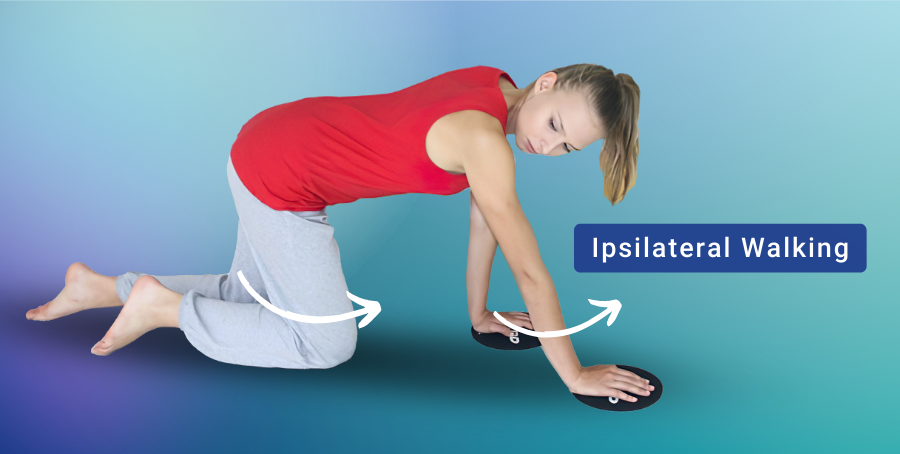
Cross Stretching
- Stand in a crawling position.
- Extend your left arm forward and your right leg back as far as you can.
- Repeat the same movement for the other arm and leg.
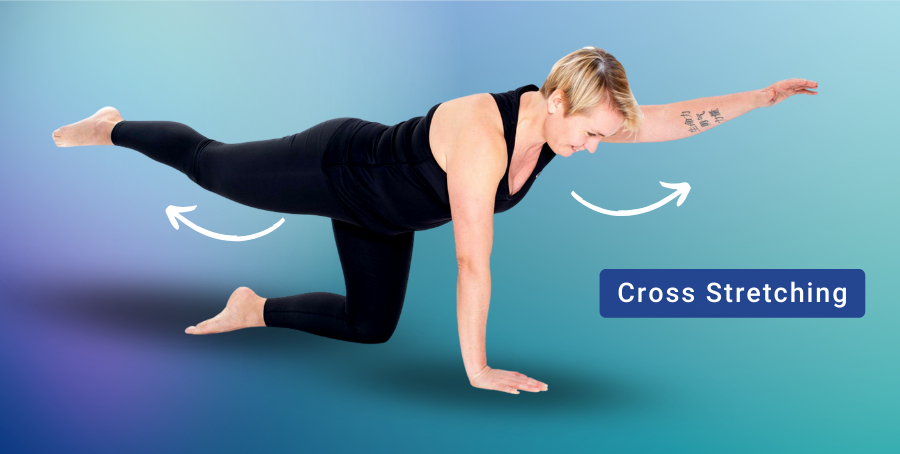
Does scoliosis improve with exercise?
The effectiveness of scoliosis-specific physical therapy exercises for the adolescent idiopathic scoliosis group (10- 16 years of age adolescence scoliosis group) has been scientifically proven and is known to be successful in stopping the progression of the curve, correcting the curve and increasing the patient’s compliance with the corsets. In general, in cases of non-structural scoliosis, scoliosis exercises are more effective at a young age when the spine retains its flexibility.
Scoliosis-specific exercises, with or without simultaneous bracing, are used as alternative methods for patients with a curve of less than 50 degrees. For adolescent idiopathic scoliosis during growth, observation, scoliosis-specific physiotherapy exercises and bracing are the treatment approaches accepted by the International Society on Scoliosis Orthopaedic and Rehabilitation Treatment (SOSORT) in 2011. These approaches contribute to decreasing the Cobb angle, preventing progression of the curve, reducing muscle imbalance and pain.
In addition, these treatments help to self-correct in 3D and maintain the corrected posture for a long time.
What is good for scoliosis in everyday life?
Apart from scoliosis exercises, sports that patients can do in daily life can be effective in visibly correcting the posture disorder or not making it visible. However, there is no evidence that sports have a direct effect on the correction of spinal curvature. Some of the sports and questions about their effect on scoliosis are as follows;
Is cycling good for scoliosis?
In the treatment of scoliosis, the patient is made to perform movements that help the patient to stand upright. It is therefore important not to lean forward while cycling and to maintain an upright posture.
How to swim for scoliosis?
Swimming is recommended for scoliosis and posture disorders as it helps to strengthen the muscles without straining the spine in a weightless environment. Swimming and aquatic exercises ensure that there is no heavy strain on the body. There is less pressure on the spine in the water.
However, every scoliosis patient is different and different swimming techniques are recommended depending on the type and degree of scoliosis. For this reason, the exercise, sports or swimming program to be recommended for scoliosis should be planned specifically for each patient by experienced health professionals in this field. Otherwise, the curvature of the spine may worsen.
Correcting posture disorders caused by spinal curvature with scoliosis exercises can be challenging for patients at first. It may take time for patients to familiarize themselves with the correct posture that they were not used to before. However, starting scoliosis treatment before the curvature of the spine increases prevents scoliosis from affecting your quality of life. Therefore, monitor your children for body posture and spinal curvature during growth and development. Remember that good observation is the first step in the early diagnosis of scoliosis.
If you suspect scoliosis in your environment, especially in your children or yourself, consult an Orthopedics and Traumatology specialist as soon as possible.




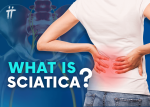
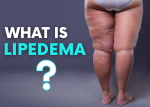

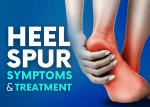
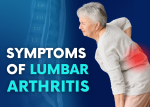
Leave a Comment